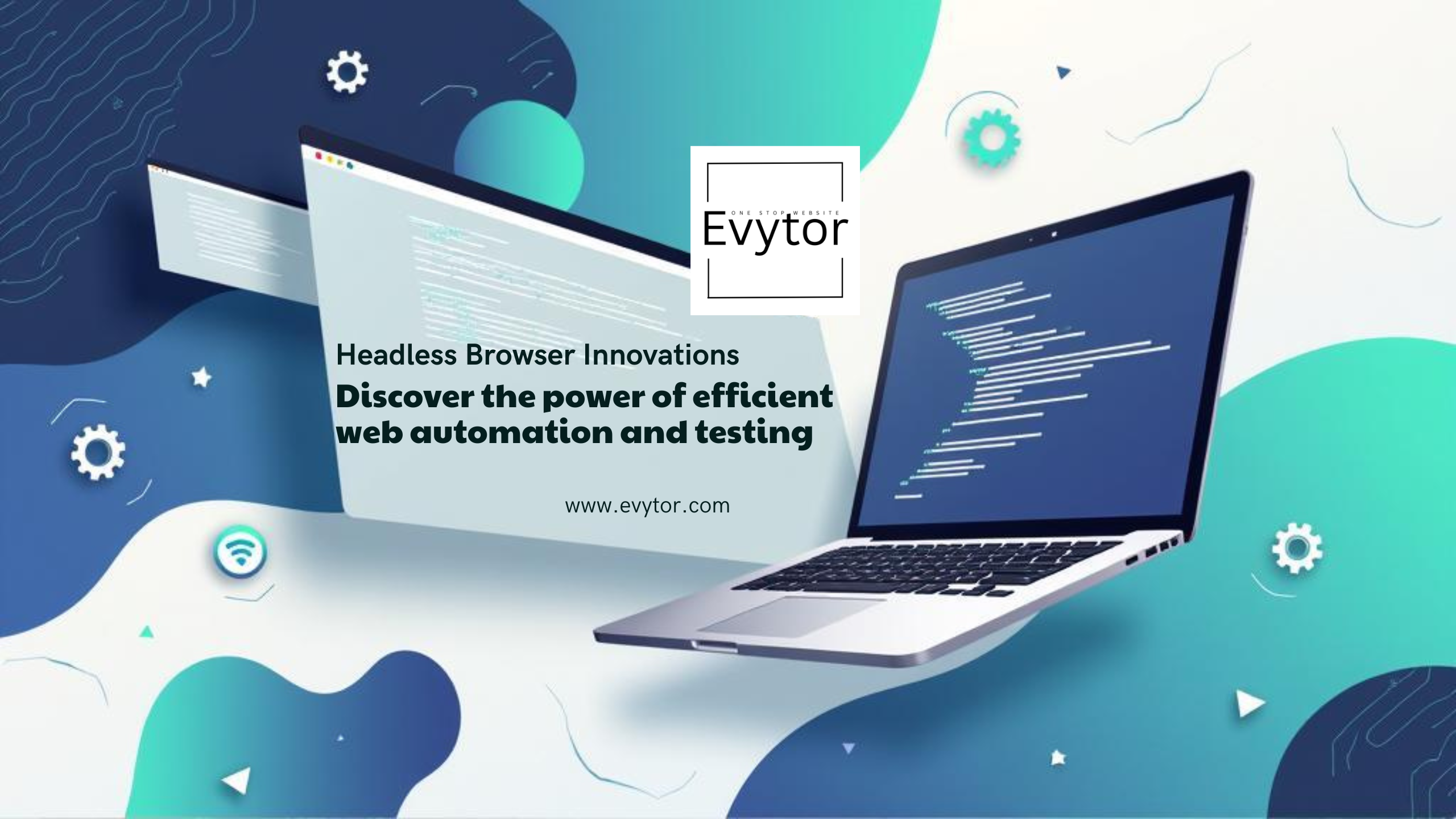Ethical Considerations of Autonomous Vehicles
Autonomous vehicles (AVs), often hailed as the future of transportation, promise incredible benefits: increased safety (potentially reducing human error), improved traffic flow, and greater accessibility. Yet, beneath the sleek exterior and cutting-edge technology lies a complex web of ethical challenges that demand careful consideration before these cars become ubiquitous on our roads. What happens when a machine has to make a split-second life-or-death decision? Who is responsible when something goes wrong? Let's buckle up and explore the critical ethical landscape of self-driving cars. 🚗
The Infamous Trolley Problem: A Moral Maze 🤔
Perhaps the most widely discussed ethical dilemma for AVs is a modern twist on the classic "trolley problem." Imagine an unavoidable accident scenario: the AV can either continue straight, likely hitting pedestrians, or swerve, potentially harming its passengers. How should the car's algorithm be programmed to decide?
- Should it prioritize saving the greatest number of lives, even if it means sacrificing its occupants?
- Should it protect its passengers at all costs, as that's the primary responsibility of transporting them?
- Should it make decisions based on factors like age, health, or societal contribution? (This is a deeply problematic path, raising issues of discrimination.)
Programming these moral choices into code is incredibly difficult and raises profound questions about who gets to make these life-altering decisions and on what basis. There's no single consensus, and different programming approaches could lead to vastly different outcomes in critical situations.
Accountability and Liability: Who's to Blame? ⚖️
When a human driver causes an accident, liability is relatively clear. But who is responsible when an autonomous vehicle is involved? Is it the vehicle owner, the manufacturer, the software developer, or perhaps the sensor provider?
Determining liability is crucial for legal frameworks and public trust. Current laws are largely based on human operation and don't easily translate to autonomous systems. Establishing clear lines of responsibility is essential for insurance, legal proceedings, and consumer confidence in the technology.
- Is it a product defect issue?
- Is it a software error issue?
- Could it be related to the user's interaction with the vehicle?
This uncertainty creates significant hurdles for widespread adoption and requires new legal and regulatory frameworks.
Algorithmic Bias: The Unseen Discrimination 😞
AVs rely on vast amounts of data to perceive the world and make decisions. If this training data is biased, the algorithms can inherit and perpetuate that bias. For example, if the data under-represents certain demographics or environmental conditions, the vehicle's performance might be less reliable for those groups or in those settings.
Studies have shown that some pedestrian detection systems perform less effectively with darker skin tones or at night, potentially putting certain individuals at higher risk. Ensuring fairness and equity in AV performance requires diverse, representative training data and rigorous testing to identify and mitigate biases.
Job Displacement: The Socioeconomic Impact 👷➡️🤖
The rise of autonomous vehicles, particularly in commercial trucking, ride-sharing, and delivery services, poses a significant threat of job displacement for millions of professional drivers worldwide. This isn't just an economic issue; it's a societal one, impacting livelihoods and communities.
Addressing this requires proactive measures:
- Investment in Retraining Programs: Helping displaced workers transition to new careers.
- Exploring New Economic Models: Considering universal basic income or other safety nets.
- Phased Rollout: Allowing society time to adapt to the changing workforce landscape.
Ignoring this ethical challenge could lead to significant social disruption and inequality.
Privacy and Security Concerns 🔒
AVs collect massive amounts of data: where they've been, who is in the vehicle, surrounding environment details, and even driver behavior (if applicable). This data is valuable but also raises significant privacy concerns.
- Who owns this data?
- How is it stored and protected?
- Could it be accessed by third parties or used for surveillance?
Furthermore, like any connected technology, AVs are vulnerable to cyberattacks. A compromised vehicle could pose a serious safety risk, highlighting the critical need for robust cybersecurity measures from the design phase onwards.
Going Further: Deep Dive into AV Ethics 💡
Understanding AV ethics isn't just about the tech; it's about philosophy, law, and social science. Here are some ways to dig deeper:
- Read Philosophy Papers: Explore ethical frameworks like utilitarianism, deontology, and virtue ethics in the context of autonomous systems.
- Follow Policy Debates: Keep up with legislative efforts in different countries to regulate AV testing and deployment.
- Investigate Algorithm Auditing: Learn about methods for testing AI systems for bias and fairness.
- Consider the Urban Impact: How will AVs change city planning, traffic, and public space use?
- Look at Public Perception: What are people's fears and hopes regarding autonomous transportation, and why?
Engaging with these areas provides a more holistic understanding of the challenges and opportunities.
Conclusion: Navigating the Future Responsibly ✅
The ethical considerations of autonomous vehicles are complex, interconnected, and demand our collective attention. From the philosophical quandaries of the trolley problem to the practical issues of liability, bias, job displacement, and privacy, each challenge must be addressed thoughtfully and proactively.
Developing the technology is only part of the journey. Building public trust, establishing clear regulations, and ensuring equitable outcomes are equally, if not more, important for the successful and ethical integration of AVs into our society. What ethical challenge of autonomous vehicles do you find most compelling or concerning? Share your thoughts! 👇




